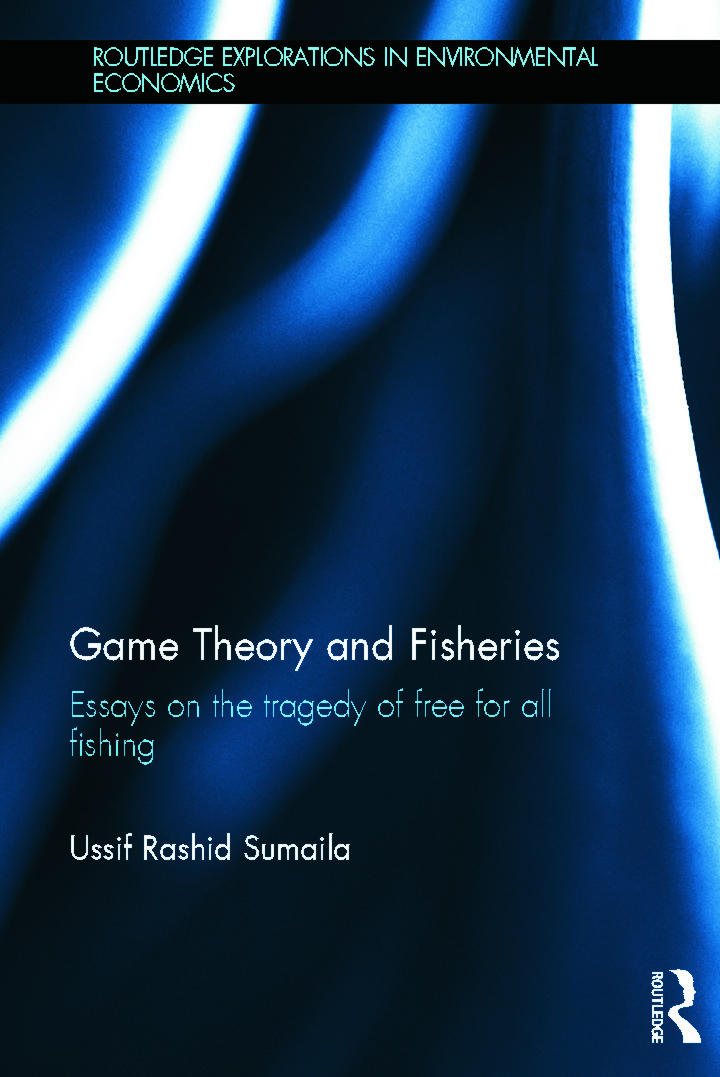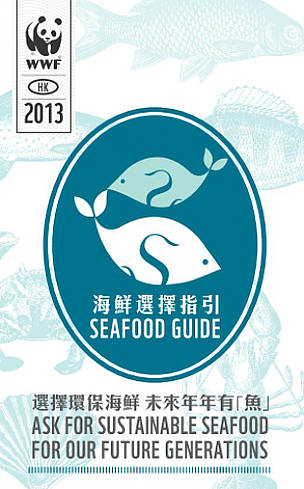Asian power stations blamed for mercury toxicity in fish
Anna Valmero

Reducing mercury concentrations in open-ocean fish will require a reduction in global emissions of mercury from fossil fuel power stations
Coal-burning in China and India is being linked to rising mercury levels in North Pacific fish
Coal-fired power stations in emerging economies in Asia could be responsible for rising mercury levels in fish, says one of the authors of a study that looked at how mercury builds up in North Pacific fish.
He warns that as countries like China and India expand their reliance on coal-fired energy production — a major source of mercury pollution — mercury levels in deep ocean fish could increase drastically.
The study, published in Nature Geoscience in August, says that 80% of methylmercury (a highly toxic form of mercury) is produced deep in the ocean, rather than at surface level, as was previously thought.
A 2009 study reported that fish that feed at deeper levels of the open ocean, like opah and swordfish, have higher mercury concentrations than surface feeders like mahi-mahi, but until now it was not known why.
The fish species analysed in the new study by researchers from the University of Michigan and the University of Hawaii, in the US, are flying fish, mahi-mahi, yellowfin tuna, skipjack tuna, moonfish (opah), bigeye tuna, swordfish, and two species of lantern fish. These fish feed at different ocean levels, enabling scientists to compare fish tissue mercury toxicity found at different depths.
He warns that as countries like China and India expand their reliance on coal-fired energy production — a major source of mercury pollution — mercury levels in deep ocean fish could increase drastically.
The study, published in Nature Geoscience in August, says that 80% of methylmercury (a highly toxic form of mercury) is produced deep in the ocean, rather than at surface level, as was previously thought.
A 2009 study reported that fish that feed at deeper levels of the open ocean, like opah and swordfish, have higher mercury concentrations than surface feeders like mahi-mahi, but until now it was not known why.
The fish species analysed in the new study by researchers from the University of Michigan and the University of Hawaii, in the US, are flying fish, mahi-mahi, yellowfin tuna, skipjack tuna, moonfish (opah), bigeye tuna, swordfish, and two species of lantern fish. These fish feed at different ocean levels, enabling scientists to compare fish tissue mercury toxicity found at different depths.
Mercury in the marine food chain
Mercury can stay in the atmosphere for up to a year. The type of mercury found in the nine fish species analysed is capable of travelling globally before entering the ocean through rainfall. It then builds up — or bioaccumulates — in the tissues of larger marine fish when they consume smaller fish containing mercury, in a process known as biomagnification.
Prior to the study it was thought that the conversion of inorganic mercury by anaerobic bacteria into its highly toxic form happens on the surface of the ocean.
The study estimates that up to 80% of methylmercury detected below the ocean's surface mixed layer — 165 metres or deeper — where sunlight does not penetrate, is produced by methylating microbes that live on sinking particles of dead plant and animal matter, which deep-feeding fish then consume.
The results shed light on how predatory fish that feed at deeper levels in the open ocean show higher mercury concentrations than those that feed in waters near the surface.
"We now know that depth of feeding is an important indicator of mercury levels in fish, as well as trophic position [food chain level], size and age. In general, fish caught in shallower water are better [for consumption]," says Joel Blum, the study's lead author and a professor of earth and environmental sciences at the University of Michigan.
The main pathway for methylmercury entering humans is through eating marine fish. People who regularly consume contaminated fish are at risk of damage to the central nervous system, heart and immune system, says Blum. Consuming contaminated fish can also hinder brain development among the young.
Blum thinks that methylmercury levels will increase in the coming years as energy demands and coal-fired production increase.
Mercury can stay in the atmosphere for up to a year. The type of mercury found in the nine fish species analysed is capable of travelling globally before entering the ocean through rainfall. It then builds up — or bioaccumulates — in the tissues of larger marine fish when they consume smaller fish containing mercury, in a process known as biomagnification.
Prior to the study it was thought that the conversion of inorganic mercury by anaerobic bacteria into its highly toxic form happens on the surface of the ocean.
The study estimates that up to 80% of methylmercury detected below the ocean's surface mixed layer — 165 metres or deeper — where sunlight does not penetrate, is produced by methylating microbes that live on sinking particles of dead plant and animal matter, which deep-feeding fish then consume.
The results shed light on how predatory fish that feed at deeper levels in the open ocean show higher mercury concentrations than those that feed in waters near the surface.
"We now know that depth of feeding is an important indicator of mercury levels in fish, as well as trophic position [food chain level], size and age. In general, fish caught in shallower water are better [for consumption]," says Joel Blum, the study's lead author and a professor of earth and environmental sciences at the University of Michigan.
The main pathway for methylmercury entering humans is through eating marine fish. People who regularly consume contaminated fish are at risk of damage to the central nervous system, heart and immune system, says Blum. Consuming contaminated fish can also hinder brain development among the young.
Blum thinks that methylmercury levels will increase in the coming years as energy demands and coal-fired production increase.
China and India link
And, although the paper does not specifically blame China and India, the authors say that the location of the tested fish, downwind from these countries, strongly implies that coal-based industrialisation is a significant contributing factor.
"If we're going to effectively reduce mercury concentrations in open-ocean fish, we're going to have to reduce global emissions of mercury, including emissions from places like China and India," says Blum.
"This is a global atmospheric problem and we need to put emissions control devices on all coal-fired power plants, incinerators and other sources of mercury to the atmosphere," he adds.
Gregg Yan, spokesman for the World Wide Fund for Nature says that stopping the pollution of oceans by turning to green renewable energy sources such as solar and wind is key to keeping fish safe to eat.
And, although the paper does not specifically blame China and India, the authors say that the location of the tested fish, downwind from these countries, strongly implies that coal-based industrialisation is a significant contributing factor.
"If we're going to effectively reduce mercury concentrations in open-ocean fish, we're going to have to reduce global emissions of mercury, including emissions from places like China and India," says Blum.
"This is a global atmospheric problem and we need to put emissions control devices on all coal-fired power plants, incinerators and other sources of mercury to the atmosphere," he adds.
Gregg Yan, spokesman for the World Wide Fund for Nature says that stopping the pollution of oceans by turning to green renewable energy sources such as solar and wind is key to keeping fish safe to eat.
source from: https://www.chinadialogue.net/article/show/single/en/6521-Asian-power-stations-blamed-for-mercury-toxicity-in-fish





 July 2013: WorldFish has released a publication that documents the cross-country economic impacts of three climate hazards, namely typhoons, coastal erosion and saltwater intrusion, as well as the costs of adaptation options and autonomous household responses in three Asian countries.
July 2013: WorldFish has released a publication that documents the cross-country economic impacts of three climate hazards, namely typhoons, coastal erosion and saltwater intrusion, as well as the costs of adaptation options and autonomous household responses in three Asian countries.










